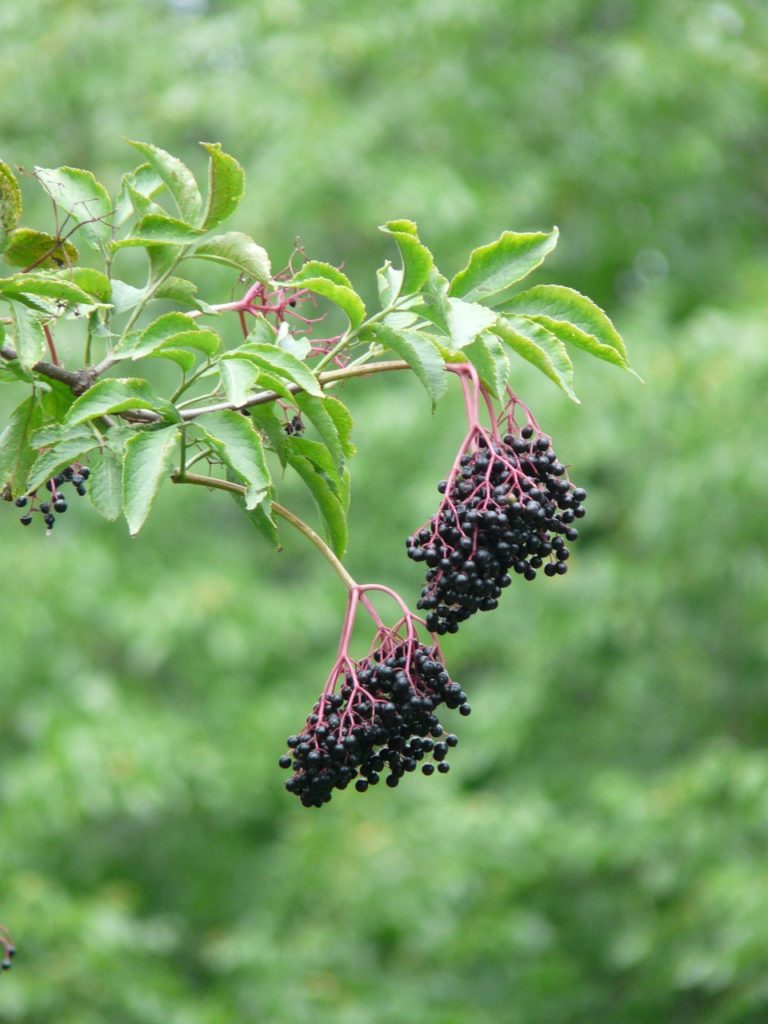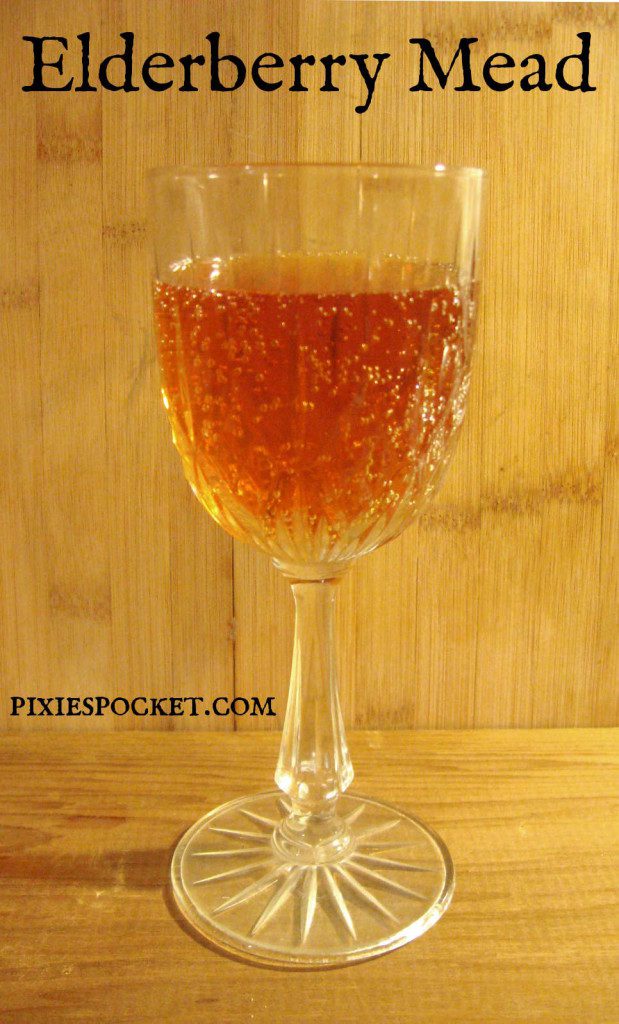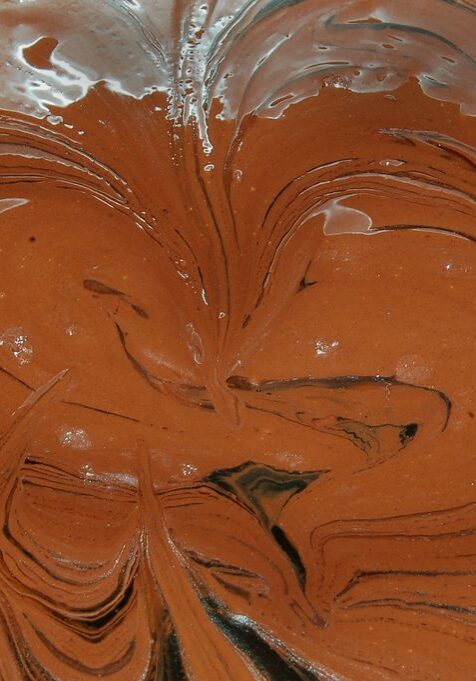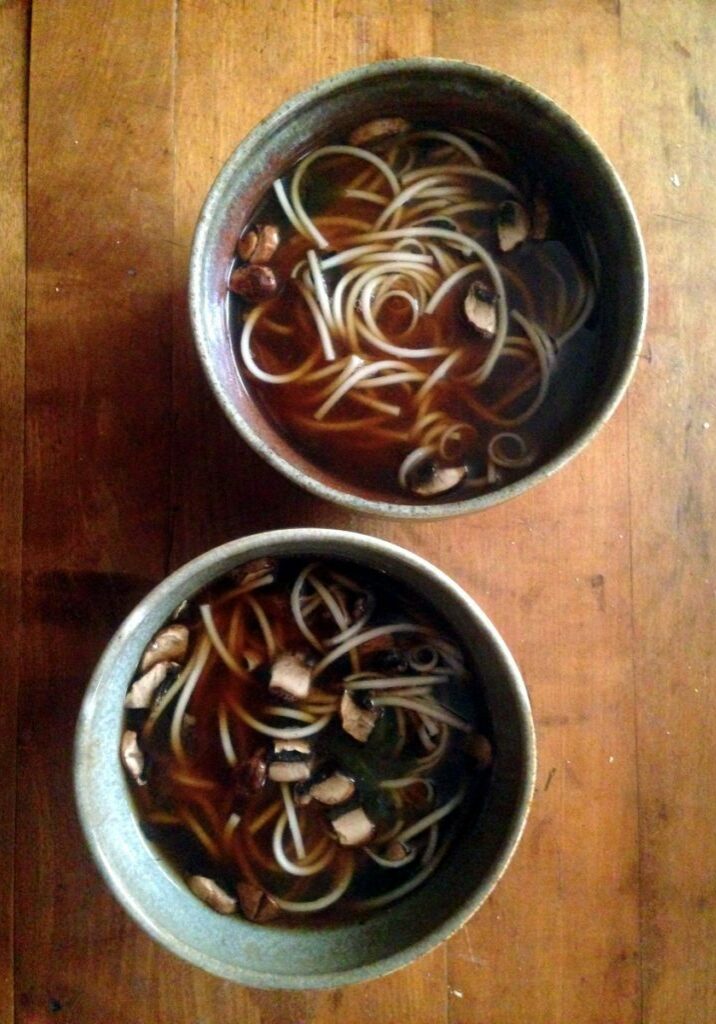Blog, Booze Recipes, Fermentation Recipes, Homebrew Recipes, Recipe Box
Elderberry Mead: Make Your Own One Gallon Batch!
Amber Shehan • August 23, 2014
Elderberries are an excellent food and medicine when cooked or fermented. It makes a delicious and beautifully colored mead or wine, too!

Elderberries are known for their edible flowers and fruit, but beyond being tasty, elderberries are potent medicine. I make jars full of elderberry tincture and cordial all throughout the year to stock up for fall and winter coughs, colds and flu.
I have a growing elder hedge at home that I forage all spring and summer long. Even though I have access to fresh elderberries, I tend to use dried berries for brewing. Some people have adverse reactions to fresh elderberries (nausea, vomiting, and diarrhea) but the drying or cooking processes negate those responses.
Here’s few posts from fellow bloggers who have covered the goodness of elderberries:
- Quick and Simple Elderberry Cold Syrup (Herbal Academy)
- Making Medicinal Elderberry Syrup (Homespun Seasonal Living)
- Learn About Elderberry Health Benefits with Norm’s Farm (Common Sense Home)

I love it when tasty and healthy go together so well…especially in something like home-made booze!
I don’t encourage you to over-drink if you are feeling ill, but alcohol has its own beneficial purposes when used sparingly. Elderberry mead is a great drink of choice for when you feel yourself coming down with a cold and need to get some rest – try it mulled (warmed with spices like cinnamon, clove, etc.) for a bedtime drink.

One Gallon of Elderberry Mead
This particular batch was started on January 20, 2014, bottled on April 20, 2014, and the first bottle was opened on August 9, 2014! It didn’t last long.
Ingredients
- 1 gallon of water (filtered is best)
- 2-3 lbs of honey
- Large handful of dried elderberries
- Thumb sized bit of fresh ginger, diced
- 1 small handful of raisins or other dried fruit (organic is best)
- 1 slice dried lime (fresh works, too!)
- 1/2 packet of yeast (champagne yeast for dry, sweet wine or mead yeast for a sweeter result)
Procedure
Grab a large stockpot and add about 2/3 of a gallon of water to the pot. Add the diced ginger and allow it to come to a boil.
While the water heats, sanitize your gallon carboy, airlocks, bungs, and funnel with a store-bought sanitizer, or try a bleach and water mix. Make sure you rinse it well afterwards if you use bleach!
When the water is at a steady, rolling boil, throw in the dried lime, raisins, and the handful of dried elderberries. Cover the pot, turn off the stove and remove the stockpot from heat.
Let it wait for about 15 minutes, and then add the honey and stir well to dissolve. Let it cool down for a bit, and then set the funnel in the neck of the carboy and pour in everything – the hot honey water (also known as must), ginger, and berries. Pour in the rest of the gallon of water until the must is up to the neck of the carboy. Add in the bung and the airlock to keep everything clean.
Allow the must to cool down to body temperature before you pitch your yeast – this can take a few hours so I sometimes just leave it overnight. In the morning you can pitch your yeast into the jug. Since it is a gallon batch, you can add only a half of a packet of yeast and re-cap with the airlock.
Racking, Back-sweetening, Bottling
By late March, the jug had cleared and the mead looked to be mostly ready. I took the airlock out and used a sanitized straw to taste a bit of the mead. It needed more sweetening, so I made a sugar syrup and added 1/2 cup of it to a clean, sanitized carboy. I siphoned the mead into the new carboy with the sugar syrup, leaving behind the dead yeast lees, ginger chunks, and elderberries for the compost bin. Let it sit again for a few weeks to ensure that fermentation is completed. On April 20, I bottled the mead (in beer bottles with beer caps) and let it rest until August.
Tasting
This is a nice, light mead that turned out a bit dry. The berry flavor is light but definitely present. Adding additional sugar syrup to my glass makes the fruit flavor come out even more! Even though I waited to bottle it until the fermentation seemed to be complete, there are some bubbles in this batch. That tells me that there was residual yeast that continued to grow after bottling.
Header Image Credit: Stanze on Flickr
Get updates from Pixie's Pocket: brewing and herbs in your inbox:
Posted In Blog, Booze Recipes, Fermentation Recipes, Homebrew Recipes, Recipe Box
Tagged: booze, brewing, elderberry, elderberry mead, ginger, homebrew, honey, lime, mead, recipe, recipe box, recipes, wine
Amber Shehan
Hi! I'm Amber Pixie, and this is my site. Enjoy the recipes, information, posts, and please feel free to message me if you have questions!





Did you end up making the elderberry mead again, if so did it turn out better and what did you do differently? Thanks
I haven’t made it again…yet! I plan to start it in July so that it will be ready by fall. I have only one beer bottle of elderberry mead left, and it honestly is aging so well that I might make a bigger batch so that it will last longer! The age mellowed out the berry flavor and blended it with the bit of sweet honey flavor. I do find myself adding a bit of sugar or honey syrup to this, but a few of my friends prefer the dry version. 🙂
Next time, I’m going to let it ferment longer in the jug so it isn’t fizzy in the bottles, that’s for sure!
Add Camden tablets before you back sweeten the mead. It will kill the yeast and stop your secondary fermentation.
Thanks for the tip, Ted! I know many brewers who use those with great results, but I have a sulfite sensitivity and prefer to brew without using campden tablets.
You could also pasteurise after bottling – heat it up after sealing to kill any remaining yeast.
Pour in some Colloidal Silver.
I put cardamom in my elderberry mead and it’s delightful. I will definitely try the ginger. It sounds like a lovely compliment to the elderberry. I also use orange or tangerine instead of lime. (I prefer the tangerine). I’m so glad I found your site!
P.S. I make a blackberry lavender that’s out of this world. You should give it a try!
Thank you Jeri! The lavender does sound like a great addition to blackberry…I’ve been leery of brewing with lavender because it can be soooo strong but that seems a nice blend. Cheers! 😀
I just finished a Blackberry Vanilla Mead. Also used allspice, and cinnamon. Flavor profile is Fantastic.
Was wondering how long a time period from start to first drinking. This elderberry. Mead sounds so good, maybe with desserts.
That varies for me between wines/batches…for this one, the batch was started in January 20, 2014, bottled on April 20, 2014, and the first bottle opened on August 9, 2014! I have one bottle left…
[…] it will definitely do something…but I don’t think it will ferment. Maybe make herbal mead instead, and just call it morning dew? (I even double checked the Urban Dictionary for […]
I was wondering if you can use fresh instead of dried elderberries?
You can, but in different proportions! One of my favorite herbalists, Kiva Rose, suggests the following: “Fresh elderberries (dried can be used as well, simply use about a third of the amount, or about 2.5 oz to follow the 1:5 proportion method for dried plants).” http://bearmedicineherbals.com/another-gratuitous-elderberry-post.html
[…] If you’ve decided to embrace your inner Beowulf this coming cold season, then there are some things you should know. If you’re going to serve your mead warm, and this is recommended as it allows the blend of honey and spices to be truly enhanced, you can do this several ways. If you’re drinking for one – or maybe you want to impress a certain somebody with a sweet and tasty nightcap – then simply poor the desired amount into a mug and warm in the microwave. It’s really that easy. With varieties ranging from (typically) 8%-20% alcohol content, they can pack a mighty punch during cold and flu season, so if you wince a little bit too much at the taste of whiskey, then mead is a perfect soothing winter tonic to kick those germs to the curb. For added medicinal oomph, try elderberry mead). […]
Hi, I make muscadine wine using of the shelf bread yeast. Have you tried to make your mead or wines using bread yeast? I have people tell me that the wine is very good and ask for more. I double the sugar so it is a sweet wine. This year I added elderberries to the mix and it also turned out well.
My process is a little different too. I don’t place the ingredients directly into the carboy. I start everything in a stainless pot covered with a towel for a week, stirring daily. Then in to the carboy with an airlock until it stops bubbling.
I’ve never made mead before but do raise a few bees. Honey is like gold so I don’t want to waste it by ruining a batch of mead. I grow my own elderberries and have a big bag in the freezer. I have been kicking around the idea of making some mead with elderberries and then I found your article.
Hey there, Ned! Thanks for commenting!
I have used bread yeast, sometimes I use wild yeast, and other times I’ll spring for the fancy stuff when I can. 🙂 I have made muscadine wine with Welch’s frozen grape juice concentrate, but the sweetness got all eaten up by the yeast. I added sugar syrup to every bottle I opened before drinking!
Sometimes I use the open bucket method like you describe, too…but only when I’m wild-fermenting or using fresh fruit or big chunks of stuff that I plan to strain out before it goes in the carboy.
I haven’t yet started raising bees, but I’m excited to! I’ve taken a lot of courses with the local beekeepers association.
I hope you do try this mead and it works out for you! Let me know how it goes! 😀
It is on the top of my list of things to do.
A little off topic but since you mentioned wanting to start raising bees, this is one of the most helpful sites I have found. http://www.bushfarms.com/bees.htm I also bought his book because sometimes I just want a reference when I’m not online.
[…] One Gallon of Elderberry Mead from Pixie’s Pocket […]
Just a cautionary note; I’ve made elderberry wine with spices and it turned out more like a very strong liqueur. A little cinnamon goes a LONG way. Maybe a half cinnamon stick (2 inches) when you boil the ginger and then remove it. Just a thought.
Have you tried stopping the fermentation early? the airlock should bubble quickly for the first week (give or take), then start to slow down, if you stop fermentation at this point and siphon it into a new container to settle it will keep some of the original sweetness and honey flavour.
I have read about and tasted meads that have been stopped as you describe, but I haven’t used that method myself. I have a sulfite sensitivity that can trigger migraines, so I avoid those. Do you know of a fermentation stopper that isn’t a sulfite? I’d be willing to try!
I’ll have to try this recipe. As for your question, pasteurize your wine. Place the bottles in a stockpot filled with water that goes about 3/4 of the way up the bottle. Place a sanitized aluminum foil “cap” on top of each bottle to keep the interior sanitary. Poke a sanitized meat thermometer through one of the foil caps. Heat the water in the stockpot on medium heat until the thermometer reads 160 degrees. The yeast should be killed at 145 degrees or so. Remove the bottles from the water and let set on the counter to cool. When cool, remove the foil caps and cork.
Amber, love your site and your recipes. I have brewed your dandelion mead and it turned it out great! I currently have an elderberry wine and an elderberry mead going as well. Its interesting that the mead is much more alcoholic than the wine. Though the wine’s taste is right there and i love it as is.
When you are nearing the end of the ferment do you use Potassium Sorbate or Potassium Metabisulfate before you bottle? If so do you have specific quantities for 1 gallon batches?
Thanks so much!
I’m so sorry for the delay in response, Brian! I’ve been underwater trying to finish up my first book and I missed your comment entirely!
I don’t use potassium sorbate or metabisulfate, as I prefer to avoid preservatives. I’m sensitive to sulfate/sulfites and so I just let the fermentation finish completely on its own. If you’re worried about “bottle bombs” then you can bottle it dry and sweeten a bottle after you open it to enjoy!
I hope that helps, and Cheers!!
My son will be trying this with a few changes due to his likes. I will let you know how it turns out for him.
Please do! I hope it all goes well! Cheers! 🙂
This is 1 page that I am looking at for inspiration to try and understand quantities to use for elderberry mead. Can I ask what country are you from? I am asking because I am trying to understand if you are using US or English gallons? (and I am having to convert everything to litres, so I can figure out what I am doing!)